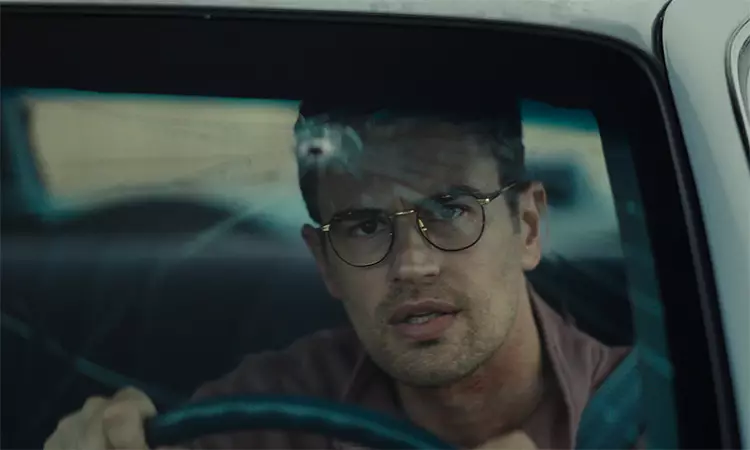In the realm of horror adaptations, few authors resonate as powerfully as Stephen King. Osgood Perkins’ film “The Monkey” takes a unique approach to a King short story from 1980, presenting it with a startling blend of dark humor and psychological complexity. Perkins, known for his deft storytelling in “Longlegs,” successfully taps into King’s signature style: a blend of absurdity and existential dread. Through the story of a cursed organ-grinder monkey, he navigates the themes of boyhood trauma, paternal relationships, and the ominous circle of life and death.
Setting the film in the backdrop of three distinct eras—from 1999, through a critical 2016, and into contemporary times—Perkins mirrors the cyclical nature of history and trauma. The choice of these years is not just arbitrary; they reflect cultural shifts, such as the notable political climate of 2016 marked by the election of Donald Trump, which adds layers of significance to the narrative. Perkins presents a world where both personal and societal horrors coexist, establishing a framework for deeper exploration of his characters’ insecurities.
At the heart of “The Monkey” is Hal, compellingly portrayed by Theo James. Hal’s journey is one of acute sensitivity marred by overwhelming anxiety, a condition exacerbated by his encounter with a sinister toy. His twin brother, Bill, serves as a foil; characterized as aggressive and erratic, he embodies the darker aspects of masculinity. These contrasting personalities set the stage for a profound exploration of childhood trauma—the shadow of death looms large as both brothers grapple with their haunted past.
From the outset, Perkins establishes a grimly comedic tone that harkens back to cult classics like “Final Destination.” The film employs this macabre humor to portray complex themes of mortality and loss. As Hal and Bill navigate their estranged relationship, they encounter a series of violent and often ridiculous dangers that serve to heighten the distinctively layered storytelling Perkins is crafting. The audience is continually reminded of the absurdity of life, where comedy often intersects with tragedy.
The film further complicates its central narrative through family dynamics. The death of Aunt Ida becomes the catalyst for a road trip that forces Hal and Bill to confront their past—and each other. Their family history, steeped in loss and unresolved trauma, serves as a potent reminder of how generational curses can manifest in unpredictable ways. Hal’s estrangement from his son Petey, driven by his fear of the monkey’s malevolence, symbolizes the broader anxieties of parenthood and legacy.
Contrastingly, we see Elijah Wood’s character as a successful stepfather to Petey, embodying the ideal of paternal success while also representing an unattainable standard for Hal. The presence of Adam Scott’s character, their absent father, looms ominously over the narrative, illustrating the weight of expectations placed on the surviving family members. With each character, Perkins deftly crafts a story that resonates with real-world issues, such as abandonment and the search for identity.
Aesthetically, “The Monkey” pays homage to the 1960s horror landscape while simultaneously subverting those norms through its comedic lens. Through its visual style and meticulous attention to detail, Perkins revitalizes King’s work, honoring its origins while charting a fresh path forward. The film serves not only as a homage to King but as a commentary on the state of contemporary horror—a reflection of societal anxieties that refuse to fade.
“The Monkey” encapsulates the haunting beauty of King’s storytelling while employing humor as a means to navigate the darkness of the human experience. Perkins’ adaptation is a compelling exploration of how trauma defines relationships across generations and how the fragile tapestry of family can unravel with each passing shadow. By intertwining the personal and the political within a framework of absurdity and horror, the film not only entertains but prompts vital introspection on the legacies we leave behind—making it a significant addition to the canon of horror cinema.

